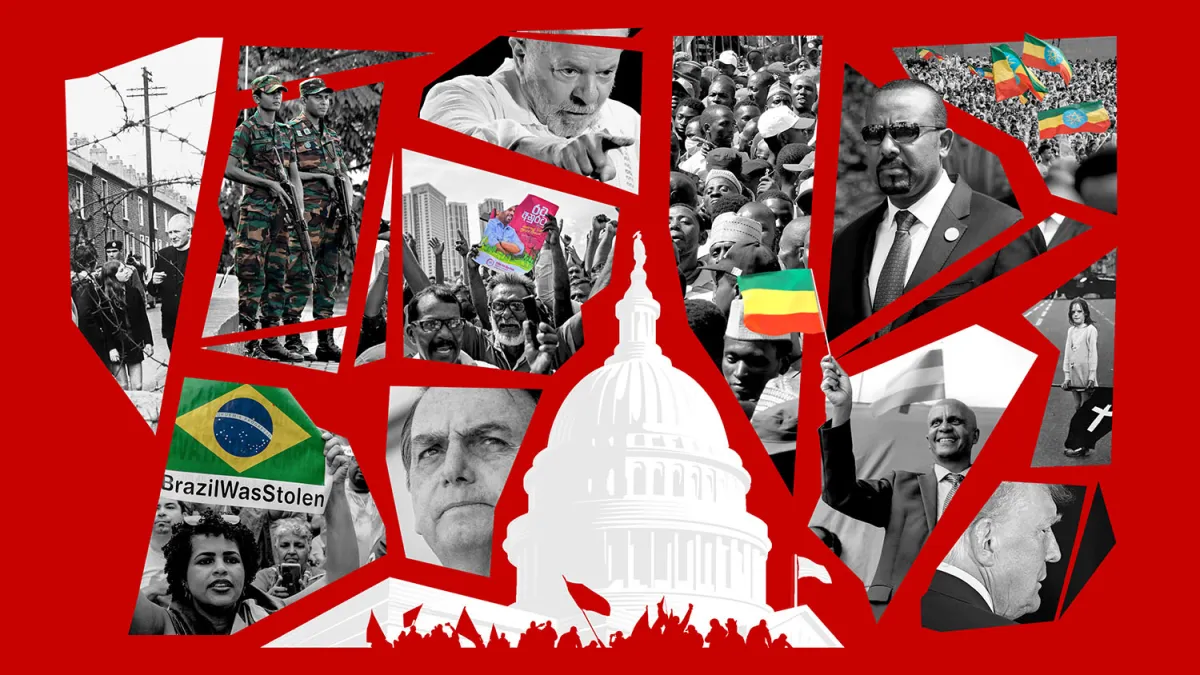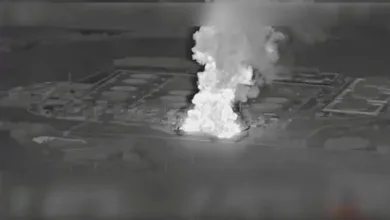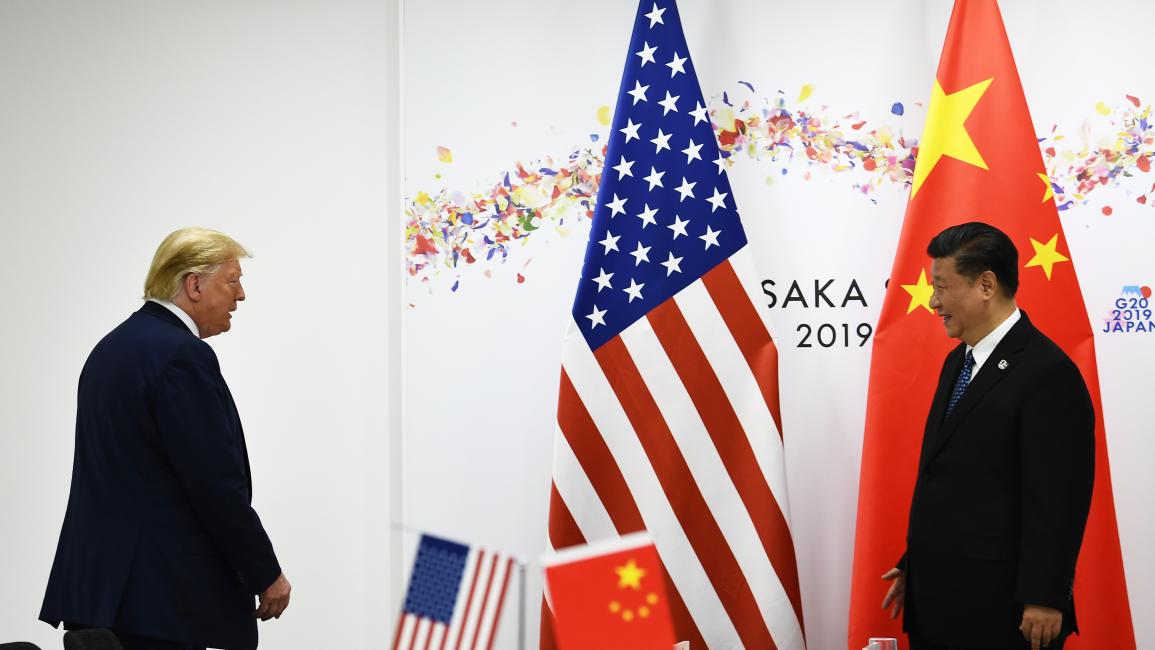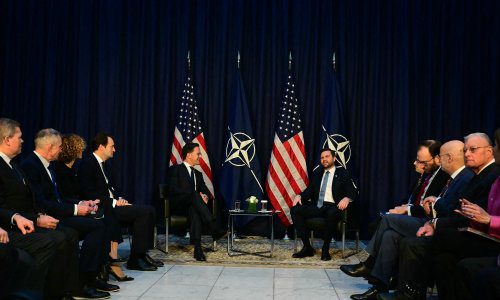Will Political Polarization Lead to Political Violence?

The United States has always experienced political disagreements, but in recent years the level of division has reached alarming levels. From debates about immigration and healthcare to disputes over election integrity and foreign policy, the country seems more polarized than ever. This raises a troubling question: could political polarization eventually lead to widespread political violence in the U.S.?
Historical Context of Political Conflict
Throughout American history, political conflict has sometimes turned violent. The Civil War remains the most dramatic example, but even in modern times, moments of unrest—such as protests during the Civil Rights Movement, anti-war demonstrations, and urban riots—have shaped the nation’s trajectory.
However, today’s polarization is different. It is fueled not only by ideology but also by identity. Partisans increasingly see each other not as political opponents but as existential threats. This mindset increases the risk of violence.
Categories: News, Breaking News.
The Role of Social Media
Social media platforms amplify division. Algorithms often push users toward content that reinforces their existing beliefs, creating echo chambers. False information spreads rapidly, fueling anger and mistrust.
When political leaders use these platforms to attack opponents, it further escalates tensions. Online threats and hate speech can spill over into real-world actions, as seen in violent rallies and politically motivated attacks.
Political Leaders and Rhetoric
The language of political leaders has a direct impact on public behavior. When leaders use aggressive rhetoric—accusing opponents of treason or corruption—it normalizes hostility. Instead of encouraging debate and compromise, such rhetoric encourages confrontation.
Donald Trump’s presidency exemplified this trend. His supporters embraced his combative style, while his critics responded with equal passion. The result was a climate in which political opponents viewed each other as enemies rather than fellow citizens.
Related category: Trump News.
Polarization and the Risk of Domestic Extremism
Federal agencies, including the FBI and the Department of Homeland Security, have warned about the rise of domestic extremism. Groups on both the far-right and far-left have engaged in violent acts, claiming political motivation.
The January 6th Capitol attack in 2021 remains the most visible example of how political polarization can erupt into violence. The event shocked the world and revealed deep vulnerabilities in America’s democratic institutions.
Related category: U.S News.
Economic and Social Pressures
Polarization does not exist in isolation. It is reinforced by economic inequality, cultural divisions, and distrust in institutions. Rising inflation, housing insecurity, and unequal access to healthcare all create fertile ground for frustration.
When people feel excluded or powerless, they are more likely to turn to extreme solutions. Political violence becomes more likely when citizens lose faith in peaceful methods of change.
Global Comparisons
Other nations provide warning signs. Countries such as Venezuela, Turkey, and Hungary have seen how polarization weakens democratic norms and increases the risk of violence. In some cases, polarization has led to authoritarian rule, as leaders exploit division to consolidate power.
For the U.S., the global spotlight adds pressure. If America, long seen as a symbol of democracy, succumbs to political violence, it could embolden authoritarian regimes worldwide.
Category: World.
The Role of Media Outlets
Traditional media outlets also play a significant role. Networks like Fox News and CNN often highlight stories that resonate with their respective audiences, reinforcing partisan divides. Sensational headlines and constant coverage of conflict can make the country feel more divided than it is.
While free press is vital to democracy, the commercialization of outrage fuels polarization and creates a dangerous feedback loop.
Possible Solutions to Prevent Violence
Preventing political violence will require both institutional reform and cultural change. Some key steps include:
-
Promoting bipartisan cooperation in Congress.
-
Encouraging responsible rhetoric from political leaders.
-
Strengthening civic education to teach tolerance and debate.
-
Regulating social media platforms to reduce the spread of disinformation.
-
Supporting economic policies that reduce inequality and restore public trust.
These measures are not easy, but they are necessary to safeguard democracy.
Political polarization in the U.S. has reached dangerous levels, and the risk of political violence cannot be ignored. While history shows that the country has endured periods of conflict before, today’s climate—fueled by social media, divisive rhetoric, and economic frustration—makes the threat more urgent.
The future depends on whether Americans can bridge divides and restore trust in their institutions. If not, polarization may escalate into violence that could reshape the nation’s political landscape for generations.




